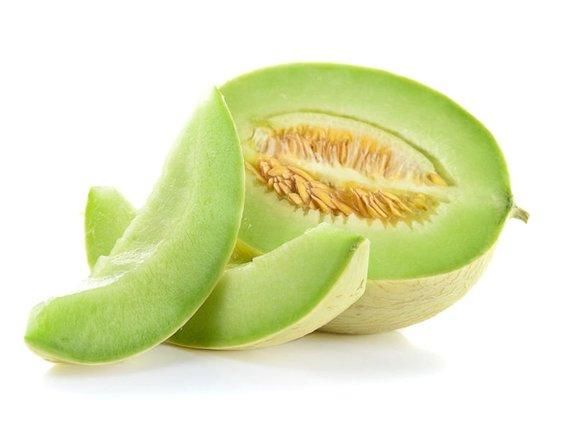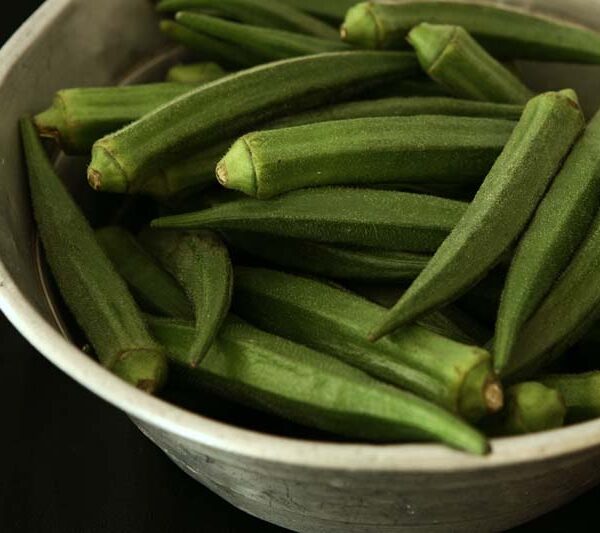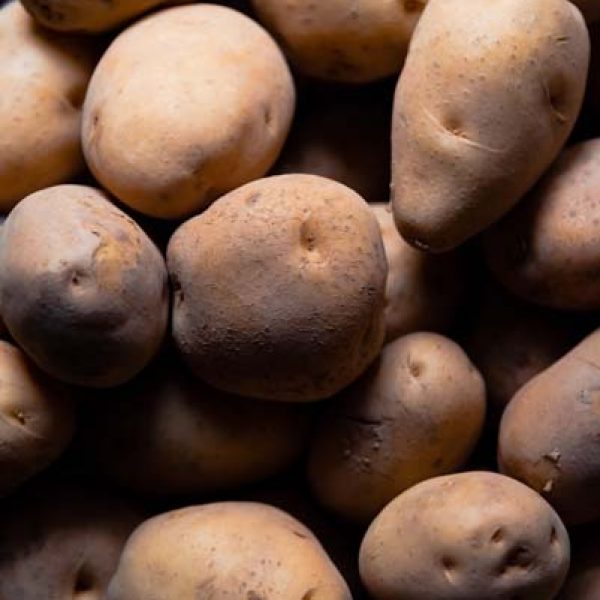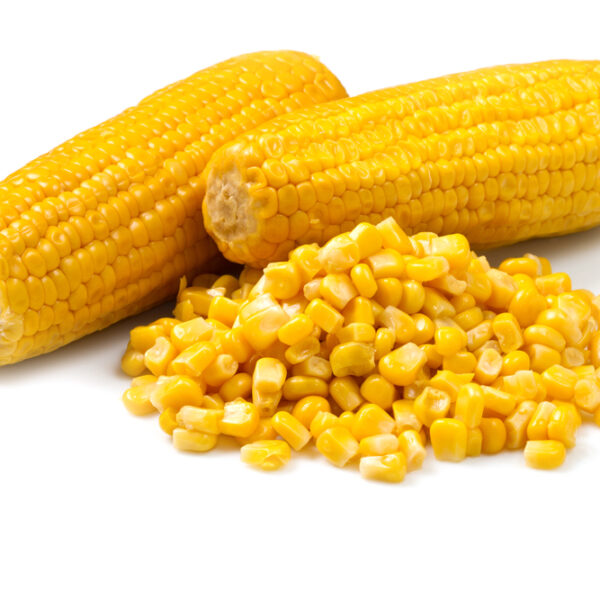The honeydew melon is one of the two main cultivar types in Cucumis melo Inodorus Group.[1] It is characterized by the smooth rind and lack of musky odor. The other main type in the Inodorus Group is the wrinkle-rind casaba melon.[2]
Honeydew Melon
A honeydew has a round to slightly oval shape, typically 15–22 cm (5.9–8.7 in) long. It generally ranges in weight from 1.8 to 3.6 kg (4.0 to 7.9 lb). The flesh is usually pale green in color, while the smooth peel ranges from greenish to yellow. Like most fruit, honeydew has seeds. The inner flesh is eaten, often for dessert, and honeydew is commonly found in supermarkets across the world alongside cantaloupe melons and watermelons. In California, honeydew is in season from August until October.[3]
This fruit grows best in semiarid climates and is harvested based on maturity, not size. Maturity can be hard to judge, but it is based upon the ground color ranging from greenish white (immature) to creamy yellow (mature).[4] Quality is also determined by the honeydew having a nearly spherical shape with a surface free of scars or defects. A honeydew should also feel heavy for its size and have a waxy rather than a fuzzy surface. This reflects the integrity and quality of its flesh as the weight can be attributed to the high water content of the ripened fruit. A lack of fuzz distinguishes a ripened honeydew from an unripened one as it is a sign of growth still having been underway when harvested




